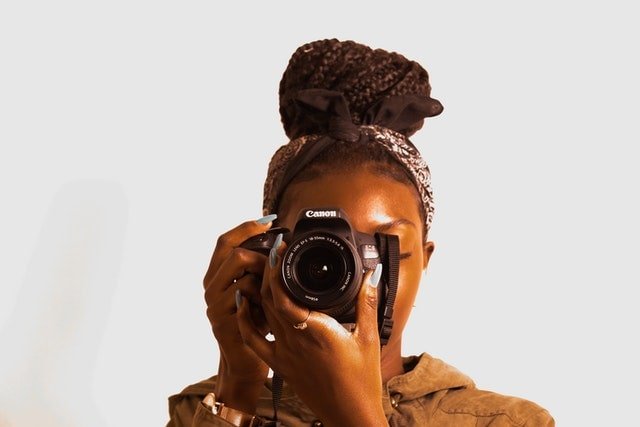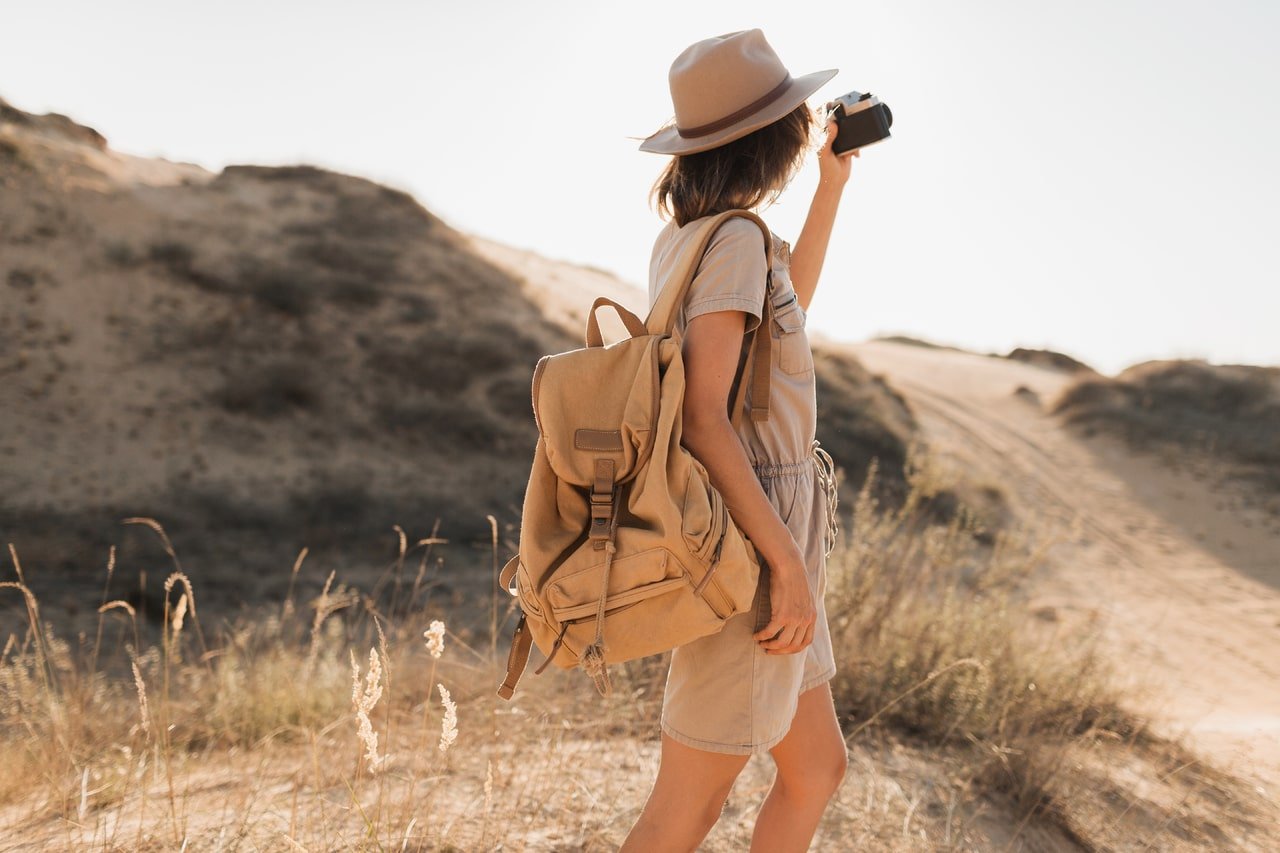
Welcome to our beginner’s guide to natural light photography! In this article, we’ll cover everything you need to know to get started with natural light photography, from understanding the basics of light and composition to capturing stunning images. Whether you’re a complete beginner or just looking to improve your skills, this guide is designed to help you learn and grow as a photographer.
Understanding Natural Light

Before we dive into the specifics of photography, it’s important to understand the basics of natural light. Natural light is the light that comes from the sun, and it’s the most versatile and accessible light source for photographers.
The quality of natural light can vary depending on the time of day, the weather, and the location. For example, golden hour light is soft and warm, while midday light can be harsh and bright. Cloudy days can create soft, diffused light, while clear days can produce sharp shadows and highlights.
Direction of Light
The direction of light is also important to consider when shooting in natural light. The position of the sun in the sky can create different shadows and highlights on your subject. For example, a subject facing towards the sun will have a bright, highlighted area on their face, while a subject facing away from the sun will have a darker, shadowed area.
Types of Natural Light
There are several types of natural light that photographers can use to create stunning images. Here are a few of the most common types of natural light:
Golden Hour
Golden hour is the hour just before sunset or after sunrise, when the sun is low in the sky and produces a soft, warm light. This light is perfect for portraits, landscapes, and still life photography.
Overcast Light
Overcast light is created when the sky is covered in clouds, producing a soft, diffused light. This light is perfect for capturing details and texture, as it creates very little shadows or highlights.
Harsh Light
Harsh light is created when the sun is high in the sky, producing a bright, contrasty light. This light is perfect for creating dramatic shadows and highlights, and can be used to create interesting compositions.
Composition
Composition is an important aspect of photography, and natural light can play a big role in creating interesting and dynamic compositions. Here are a few tips for composing your images in natural light:
Use Shadows and Highlights
Shadows and highlights are an important aspect of natural light photography. By using shadows and highlights effectively, you can create interesting and dynamic compositions. For example, you can use shadows to create a sense of mystery or mood, while highlights can add depth and texture to your images.
Rule of Thirds
The rule of thirds is a compositional technique that involves dividing your image into thirds, both horizontally and vertically. This creates nine equal parts, which you can use to place your subject and create interesting compositions.
Leading Lines
Leading lines are visual elements in your image that lead the viewer’s eye to your subject. Natural light can create leading lines in the form of shadows, paths, or other natural elements. Use leading lines to guide the viewer’s eye and create a sense of depth and movement in your images.
Symmetry
Symmetry is a powerful compositional tool that can create a sense of balance and harmony in your images. Look for symmetrical elements in your environment, such as reflections, patterns, or shapes, and use them to create interesting compositions.
Equipment
While natural light is the most important aspect of natural light photography, the equipment you use can also make a big difference in the quality of your images. Here are a few pieces of equipment that can help you capture stunning natural light photos:
Camera
A camera is the most obvious piece of equipment you’ll need for natural light photography. Look for a camera with good dynamic range and the ability to shoot in RAW format, which will give you more flexibility when editing your images.
Lens
A good lens can
continue
A good lens can make a big difference in the quality of your natural light photos. Look for a lens with a wide aperture (represented by a smaller f-stop number) to allow more light in and create a shallow depth of field. A 50mm lens is a great option for natural light photography, as it provides a versatile focal length and a wide aperture.
Tripod
A tripod is a must-have for natural light photography, especially when shooting in low light conditions. It will help you to stabilize your camera and avoid camera shake, which is particularly important when using slower shutter speeds or shooting in windy conditions. Look for a sturdy tripod with a ballhead or panhead that will allow you to adjust the angle and position of your camera easily.
Flash
While natural light is the primary light source for natural light photography, a flash can be a useful tool in certain situations. A flash can help to add a bit of extra light to your subject, especially in darker environments or when shooting in the shade. Look for a flash with a diffuser or a softbox to soften the light and create a more natural look.
Filters
Filters can be used to enhance or manipulate the light in your natural light photos. A polarizing filter can help to reduce glare and increase the saturation of colors, while a neutral density filter can help to slow down your shutter speed and create a sense of movement in your images. Look for high-quality filters that are designed specifically for your camera brand and lens type.
Tips and Tricks
Here are a few tips and tricks to help you make the most of natural light in your photography:
Shoot During the Golden Hour
The golden hour, which occurs during the first hour after sunrise and the last hour before sunset, is the best time to shoot in natural light. The light is soft, warm, and golden, and it creates beautiful shadows and highlights on your subject.
Use Reflectors
Reflectors can be used to bounce light onto your subject and create a more balanced lighting setup. Look for a reflector with a silver or gold surface, and use it to add a bit of extra light to your subject’s face or body.
Shoot in the Shade
Shooting in the shade can be a great way to create a more natural and relaxed look in your photos. Look for a spot with dappled shade, which will create interesting patterns and textures on your subject’s face and body.
Use a Light Meter
A light meter is a useful tool that will help you to measure the light in your scene and adjust your camera settings accordingly. Look for a light meter with a built-in flash, which will allow you to measure the light in your scene and create a more balanced exposure.
Conclusion
Natural light photography is a beautiful and creative way to capture stunning images. By understanding the basics of light and composition, and using the right equipment and techniques, you can create photos that are full of warmth, texture, and depth. Whether you’re shooting portraits, landscapes, or still life, natural light photography is a great way to express your creativity and create images that will last a lifetime. Happy shooting!


